One of the hot topics in sales management circles these days is “sales enablement”. For those of you who may not be familiar with the concept, sales enablement is the technology, training, processes, and content that empower sales teams to sell efficiently at a higher velocity. I read recently that 80% of marketing content goes unused by sales teams. That number may seem huge, but after two decades of managing sales teams, I can say that I am not surprised.
Many sales teams (as well as their leadership) are still of the opinion that the traditional way of selling — shaking a hand and building a relationship, is enough. While building relationships can add value to the sale, today’s buyer is much more savvy and aware of the options available to them and are looking for more. In many cases, much more! The results of a study done by the Rain Group determined that sales winners are 3X more likely to educate prospects with new ideas and perspectives than second-place finishers. In the same study, only 39% of executives say that meetings with salespeople are valuable and live up to their expectations.
So, here are 3 simple things you can do to quickly turn your sales enablement expectations into reality.
Align Sales and Marketing
There is a reason that 80% of content goes unused by sales teams and that is due to a lack of strategy on behalf of sales and marketing leadership. First, make sure those two teams are aligned by creating a Service Level Agreement. A Service Level Agreement (SLA) is typically used between a service provider and its customer that guarantees a certain outcome. An SLA between your marketing and sales teams insures that they are aligned in their goals and objectives. Here is an example a simple SLA: “Marketing will deliver 100 qualified leads each month to sales, and sales will contact those leads within 24 hours”. At a minimum, be sure to define a qualified lead. Pretty simple, but necessary for consistent alignment and success. Here is more on creating and effective SLA.
.jpg)
Take your sales team to new heights with the power of Sales Enablement.
Build Personas and Profiles
If you do not have your buyer personas and ideal buyer profile in place, your sales team is flying blind . You may expect your sales team to know their buyers, but that is wishful thinking. Consistency is a key cog in the wheel of success and without having both of these cogs in place, things will quickly fall apart. Your persona and profile cogs should be part of your sales playbook and delivered to all new sales team members on their first day of employment. Personas and profiles not only help your team to better understand the clients they will interact with, they will help your marketing team to craft more impactful content and collateral. This will aid your salespeople in their efforts to engage and close more business.
For more on creating buyer personas, check this out.
Engage Your Sales Enablement Team
Now that you have an effective SLA in place, it is time to get your sales team members actively involved in crafting meaningful conversations with your prospects. Do an inventory review of your current content as a team and dump the stuff that doesn’t feel authentic or meaningful. Next, create a sales resource bank to house the content and be sure to make it easily accessible. Now, create an easy contest for topic creation and ask all of your sales team members to participate. Give prizes for the top 3 topic ideas. For the first year, you should recreate this contest quarterly. You will be amazed by the input and engagement that you will receive. In addition to asking for topics, ask the topic winners if they are interested in being the author of the piece. This will take your engagement to another dimension and create a super-charged sales team. Lastly, teach your team how to deliver the awesome content that you created in a personalized manner, that is in the context of the buyer.
I could spend much more time on this topic and probably will in the future, but hit me up if you would like to discuss in greater detail. This topic is huge, and critical to driving revenue.
![20250616_SPW_SEOSmallBizGuideCTA • Sharp Wilkinson Boost Your Online Visibility! Unlock the secrets to a top-ranking website with our FREE SEO Guide for Small Businesses. [Download Your Guide Now!]](https://sharpwilkinson.com/wp-content/uploads/2025/06/20250616_SPW_SEOSmallBizGuideCTA-1024x512.png)





